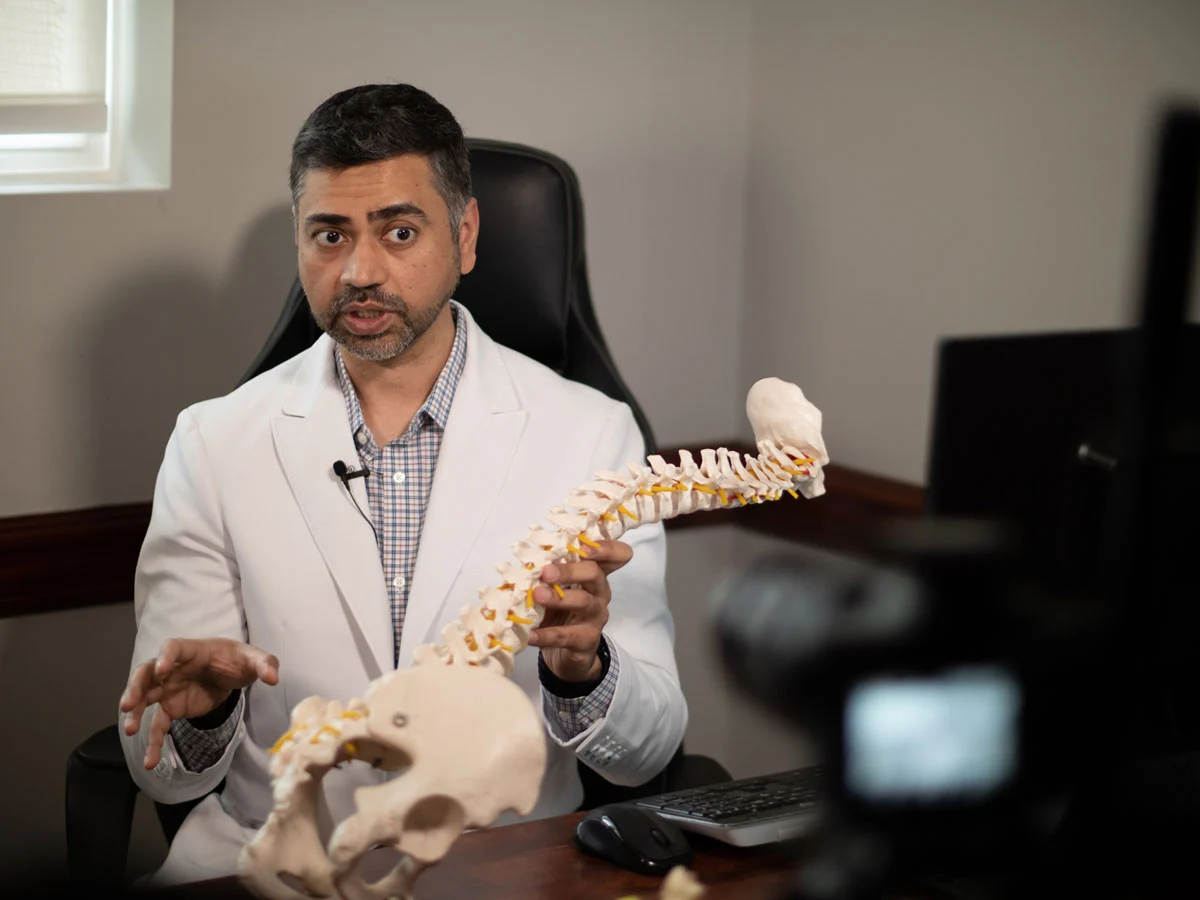- May 19, 2023
From Posture Problems to Spinal Issues: Identifying the Causes of Back Pain
From Posture Problems to Spinal Issues: Identifying the Causes of Back Pain
Spinal injuries and back pain are common issues that affect millions of people worldwide. But the pain you experience is yours alone.
Spinal Health is Your Health
The spine is an important part of the body that connects the brain to the rest of the body. It is made up of bones called vertebrae, which are separated by soft, cushion-like discs. The spine is responsible also for protecting the spinal cord, which is a vital component of the central nervous system.
Maintaining good back health is crucial for overall physical well-being. The back is the foundation of the body, and any issues with it can lead to pain, discomfort, and even disability. Poor posture, prolonged sitting, and lack of exercise are some common factors that contribute to back problems.
Investing in good back health is a wise decision that pays off in the long run, as it helps you to stay active, mobile, and pain-free.
Types of Back Pain
Back pain can be either acute or chronic. Acute back pain comes on suddenly and lasts for a short period, typically a few days to a few weeks. It is usually caused by an injury or strain, such as lifting heavy objects or twisting the back in an awkward manner. Chronic back pain lasts for more than 12 weeks and can be caused by a variety of factors, including poor posture, age-related wear and tear, severe injuries, and degenerative diseases such as osteoarthritis.
Specific types of back pain can include:
- Radicular pain: pain caused by irritation or compression of a nerve root. It can cause pain, tingling, and numbness that radiates down the leg or arm, depending on the affected nerve.
- Referred pain: pain felt in an area of the body that is not the source of the pain. For example, pain in the back may be referred from the kidneys.

How to Spot Back Pain
How and where you feel pain can help your pain management team diagnose and treat your injury. We recommend keeping a notebook or log detailing your discomfort.
What are you looking for?
- Location: The location of the pain can be helpful in determining the cause of the pain. Pain in the lower back is common and can be caused by a variety of factors, including muscle strain, herniated discs, or degenerative diseases.
- Intensity: The intensity of the pain can range from mild to severe. Severe pain may indicate a more serious condition, such as a spinal injury or nerve damage.
- Duration: The duration of the pain is also important in determining the cause of the pain.
- Other symptoms: Other symptoms, such as numbness, tingling, or weakness in the legs or arms, can help identify the cause of the pain.
How to Deal with Back Pain
Rest is important with a new back injury. If you don’t overdo it. Physical activity and exercise is just as important to healing and regaining full mobility. Exercise can help strengthen the back muscles and reduce the risk of future back pain. Low-impact exercises, such as walking, swimming, and yoga, are recommended.
Physical therapy for longer duration back pain can also help, as can over the counter medications and injection therapies.
Surgery may be required in severe cases, but the doctors at ReclaimAbility recommend this only as a last resort, after all other treatments have failed.
Your Back Pain Journey
By understanding the types of back pain, how to spot them, and what to do about them, you can take your back’s health into your own hands.
Always remember, it’s important to consult a healthcare professional if you experience severe or persistent back pain, as it may indicate a more serious condition.
Back pain questions? Contact us today.



